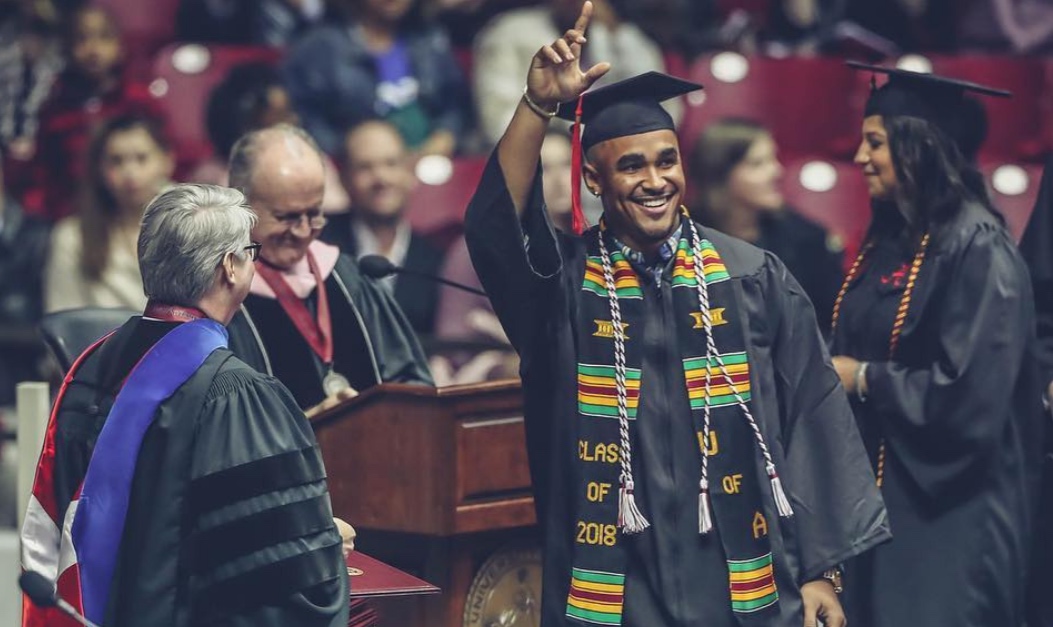Preserving journalism's history -- the good and the bad
/The First Amendment on the facade of the Newseum in Washington (photo by Mike Peel, www.mikepeel.net)
Were it not for the increasingly frequent and very adamant sounding public announcements that the museum was closing in 15 … 10 … 5 … minutes, I’d probably have missed dinner, the plane home and possibly the start of the semester. Because I’d still be trying to read all the exhibits in the Newseum in Washington, D.C. I hope anyone interested in journalism, or functioning democracy, gets a chance to tour the museum dedicated to journalism and the First Amendment before it closes at its current location sometime in 2020 and moves to a presumably smaller building somewhere else in D.C. The Newseum blends narratives, visuals and artifacts on an array of topics about journalism and major news events, an eclectic mix that includes 9/11, the Unabomber, the Beltway Snipers, Pulitzer Prize winners, journalism history and threats to press freedom around the globe. Several exhibits arise from the state of Alabama. A section dedicated to the FBI includes the 2013 rescue of a kidnapped 5-year-old boy held in an underground bunker in Midland City. (The FBI smuggled a camera inside the bunker by hiding it inside a toy dinosaur intended to entertain the boy. Clever.) The most notable ones, though, come from the Civil Rights Movement of the 1960s. In that regard, my former organization, The Birmingham News, is memorialized in both a good light and a disgracing one. Part of an exhibit correctly notes The News’ shameful see-no-evil coverage of nationally historic protests and clashes in Birmingham. Various accounts have laid out details over the years. Believing (wrongly) that it would help to de-escalate tensions, The News relegated major stories to Page 2 and refused to quote any of the black activists. Worrying foremost about the city’s image, The News’ assistant publisher squashed publication of many of the dramatic photos – attack dogs, fire hoses – captured by the newspaper’s photographers. “Do Not Publish,” he would write on the prints. The Newseum exhibit grants some amount of rehabilitation to The News by featuring its 2006 publication of a collection of civil rights era photos found by chance in a box in a closet of the News’ building. The gallery, titled “Unseen, Unforgotten,” highlighted photos that, remarkably, had never been published. Whether the Newseum continues to exist or not, the performance of journalism will be enshrined forever, if for no other reasons than the fixed nature of its platforms and the vital work of historians and researchers. There’s never a bad time for any news organization – especially community ones whose readers have limited local news options – to step back, self-assess and ask how history will judge it.





